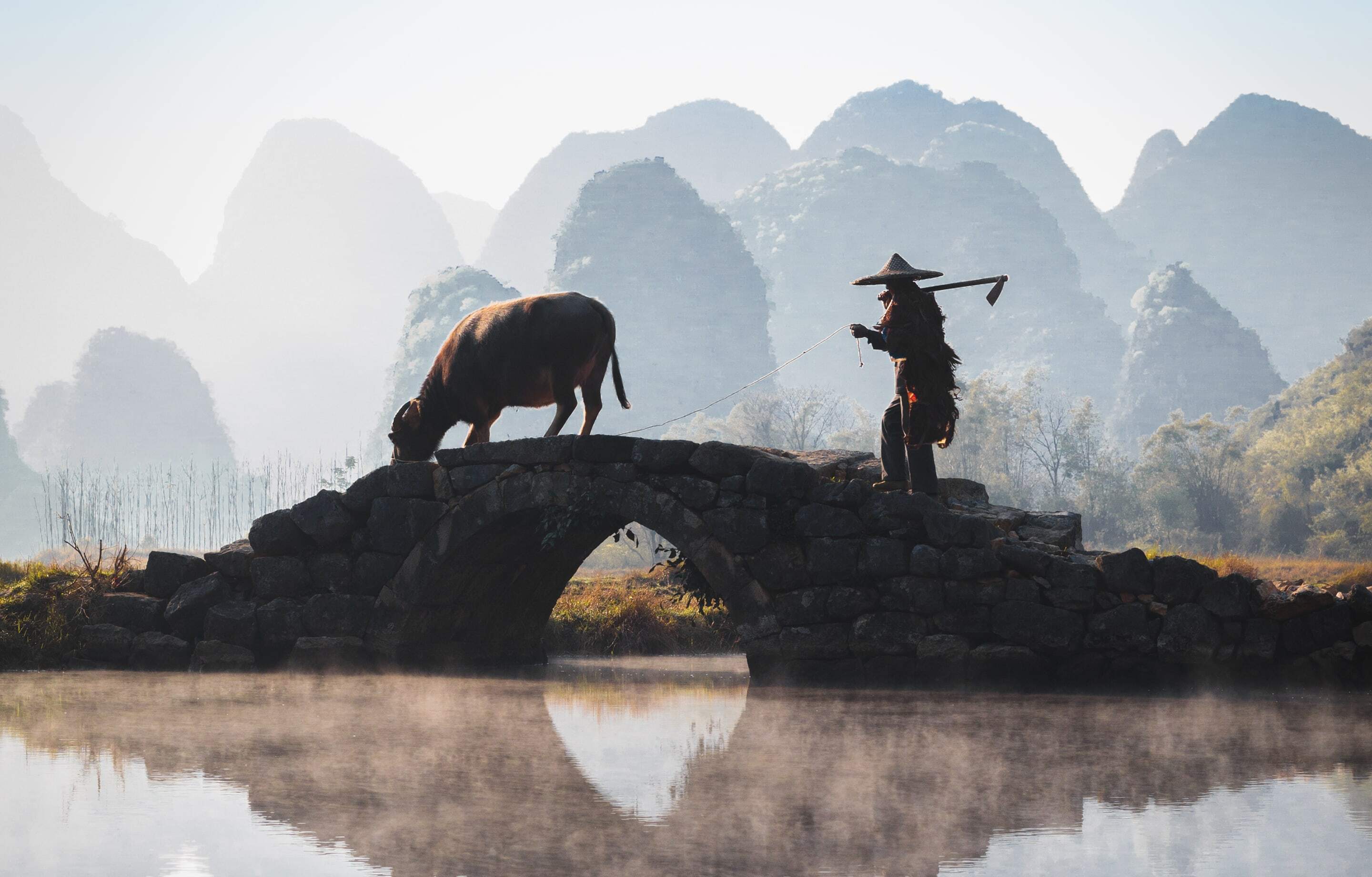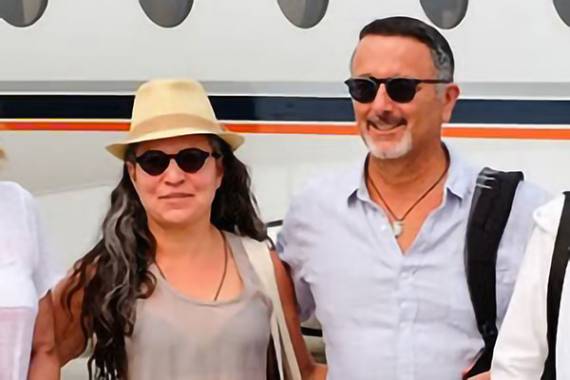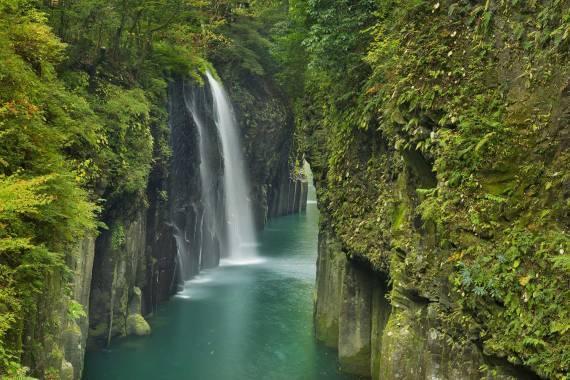Azumi Setoda
Naoshima & Seto Inland Sea Islands, Japan
Naoshima is an island located in Seto Inland Sea, the body of water between Honshu, Kyushu and Shikoku, three of Japan's four main islands. While the Japanese have populated the island for ages, it has come to the attention of art connoisseurs of late because it is home to the radical Chichu Art Museum, completed in 2004. Other islands in the Seto Inland Sea are starting to grow in popularity as home to a blooming art scene.
A handpicked selection of experiences endorsed by our experts. If you can’t see what you’re looking for, let us know, as our extensive network of local contacts can open many doors.
Designed by Tadao Ando, opened in 1992 and housed in the same space as the hotel of the same name, this museum explores the interface between art & nature - indeed, some of its exhibits aren't in the museum at all but located along the nearby seashore.
Visit Chichu Art Museum, which was designed by renowned "starchitect" Tadao Ando. It is a striking expression of the integration between art and architecture; there are also many ways in which the museum complements or even enhances the island’s stunning topography. The museum’s permanent collection includes pieces by Claude Monet, Walter de Maria and James Turrell.
Naoshima is also known for its Art House Project, the conversion of old village homes into modern art galleries, initiated in 1998 using the town of Naoshima as a stage. Artists remodeled old houses, transforming the space of each house into a work of art open to the public. The artistic space, the architecture, and the pasts of those who once resided in these spaces converge here with Japanese tradition and aesthetics.
The Lee Ufan Museum opened in the summer of 2010 and is the first museum to be devoted solely to the work of Lee, an internationally acclaimed Japanese-Korean artist. Designed by Tadao Ando, the museum seamlessly integrates with the valley it is built on. The collection consists primarily of Lee's paintings and sculptures from the 1970s.
The peaceful, rural island of Teshima boasts a rich cultural tradition that manifests largely in its many modern art pieces, which are strewn throughout the island and often incorporate raw materials derived from the landscape. One of the main attractions, the Teshima Art Museum, is a minimalist concrete structure that is intentionally open to the elements, allowing water and wind to have free rein within the space. Other places on the island that help make it one of the premier stops of the Setouchi Triennale art festival include Les Archives du Coeur, or “Heart Archives,” and several other outdoor works of art that are scattered about the island. The Heart Archives is a contemporary art installation where sound comes to the forefront as an artistic medium, allowing visitors to make a recording of their heartbeat that is added to a worldwide database. Participants can then listen to these recordings, bringing the experience full circle. Along with the many art-viewing opportunities on the island, Teshima is also home to a forested mountain and three small fishing villages, making hiking a good option for those with an affinity for the outdoors.
Inujima is a small island that can be explored on foot in practically a single day, yet it has become one of the primary venues for Setouchi Triennale visitors. The history of Inujima before its now well-deserved reputation as an art lover’s destination is fascinating. The island was previously an industrial site that mainly produced granite blocks used for building castle structures of great size during the feudal age, and a coppery refinery was built on the island in the early 20th Century. While the refinery has now been out of business for nearly 100 years, the building’s remains are now open to exploration by tourists, and a portion is now dedicated to the Inujima Seirensho Art Museum. Located primarily underground, the museum makes use of building materials such as old brick and chunks of granite from the refinery in its construction. One of the more notable works housed in the Inujima Seirensho is a tunnel of mirrors that takes on a different ambiance depending upon the light filtering in from the outside at different times of the day. Entertainment options are minimal on the rest of the island, which is inhabited by some 100 residents living in a small village, but there are several other outdoor works of art scattered about, and in 2019 there are a few new pieces slotted to be on display for the Triennale. There is also a beach with a campground area located within 10 minutes of the ferry terminal.
One of the largest islands in the Seto Inland Sea, Shodoshima has a heritage of agriculture in soy sauce production and, more recently, olive plantations. But as a Setouchi Triennale venue, the island also shines with its 40-some art pieces that are spread across the island, with the majority of them sprinkled around coastal port towns at the southern end. Shodoshima’s Olive Park is a must-see destination where visitors can tour a working olive plantation and learn about the island’s history as the first place where olives were successfully cultivated in Japan. This is due largely to the island’s mild Mediterranean climate that is reminiscent of coastal Greece or Italy – two of the world’s most olive-rich nations. Other attractions on the island include a Movie Village that was the filming site for a successful Japanese film, the majestic natural land feature of the Kankakei Gorge, and a Monkey Park. As the name suggests, the Monkey Park is located in the central mountains and is home to a population of wild monkeys, while the Kankakei Gorge is a central ravine that is nationally considered to be one of the most striking land features in all of Japan. The gorge can be hiked via two trails, or visitors can take a cable car ride to an upper observation deck with views looking out toward the sea.
Explore in-depth information, experiences and highlights by navigating to specific regions using the links below.
Naoshima & Seto Inland Sea Islands, Japan
Naoshima & Seto Inland Sea Islands, Japan
Comprised of five elements - sculpture park and museum, hotel, boutique, restaurants and a spa - Benesse House is one of the most unique properties in Japan. Every room has its own individual design and artwork, with 65 guest rooms and suites across four buildings: Museum, Oval, Park and Beach, all designed by renowned architect Tadao Ando. In addition to housing the property's modern art museum, Museum has a lecture room that guest speakers are often invited to. Oval is set on a hill and connected to Museum by monorail; Park is where the bulk of Benesse House's facilities, such as its French restaurant, Terrace, its spa and shop are housed; and Beach is one of Ando's few buildings constructed chiefly of wood and is generally reserved for long-term guests. Inside Museum, there are two restaurants, Issen for Japanese and a separate cafe where guests and patrons can relax between viewings. The spa has a wide array of treatment options and is open from 11:00-22:00 with last appointments taken at 20:00.
Naoshima & Seto Inland Sea Islands, Japan

With Remote Lands you'll travel with people who have made Asia the solitary focus of their own lifelong adventure. As our guest, you'll discover Asia on a journey that is completely, authentically your own, adapted from our own remarkable experiences and adventures over the years.
With Remote Lands you'll travel with people who have made Asia the solitary focus of their own lifelong adventure. As our guest, in the continent that our north American founders Catherine and Jay have adored and explored for decades, you'll discover Asia on a journey that is completely, authentically your own, adapted from our own remarkable experiences and adventures over the years.
An Asia-focused magazine brought to you by Remote Lands - a platform for adventure, luxury, and authenticity from experts and explorers around the continent.
Here is a small selection of the kind words our clients have said about us recently.

As the trip progressed strangers became friends. Particularly special was the effortlessness: perfect logistics, never having to worry about anything, and, of course, the charming and thoughtful way you organised everything.

The guides and drivers were very knowledgable about the areas and took care of us well